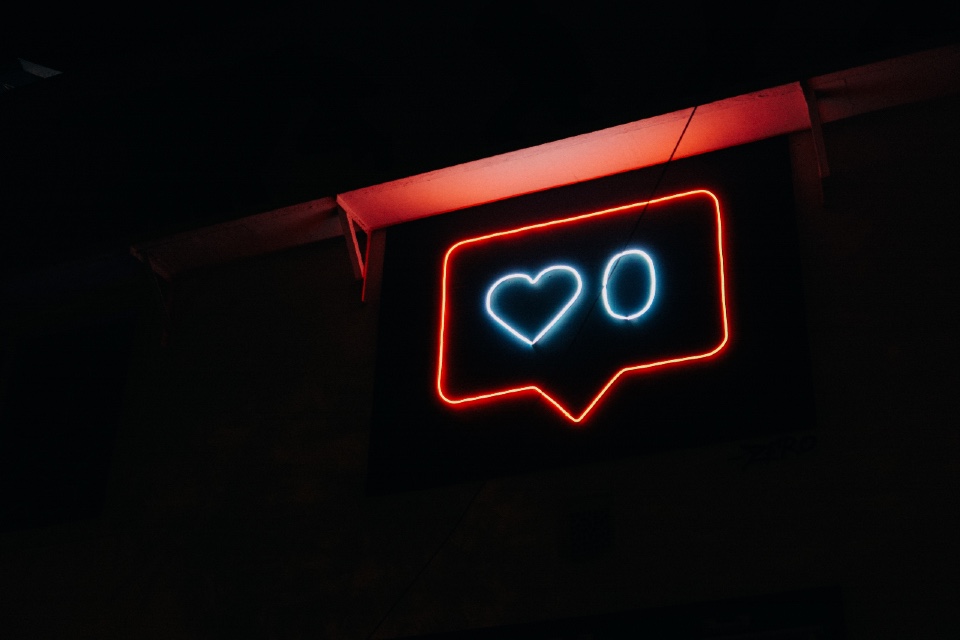Personalised promotions are ‘twice as likely’ to convert UK shoppers
While discount codes top UK consumers preferred promotions, offers that are personalised and tailored to a specific product a consumer has viewed are almost twice as likely to prompt a sale compared to general ‘range-wide’ discounts, according to a survey of over 1,500 shoppers.
Original research by AI-driven performance marketing solution Wunderkind, published in its 2024 Consumer Insights Report, revealed that demand for personalised promotions remains critical to re-engaging consumers in the online buying journey, with 83% more likely to purchase from brand messages that highlight exact products they have recently browsed.
And, according to the poll, almost half (49%) of UK consumers are more likely to make a purchase when they are offered personalised, product specific discounts for items they had already viewed, compared to a quarter (26%) who would be influenced to buy after receiving general, brand-wide promotions.
While discount codes remained the most effective promotional lever for 54% of UK consumers, the poll highlighted the role of personalisation and product-specific offers in promotional effectiveness. Over a quarter (27%) would be prompted to convert by reminders or low stock warnings about items they had put in their online shopping baskets, while 22% said they would be persuaded to buy after receiving a ‘back in stock’ message about an item they had previously viewed. Meanwhile, a further fifth (19%) of shoppers would be influenced by offers on new products promoted to them that were similar to products they had looked at previously.
Wulfric Light-Wilkinson, International General Manager of Wunderkind, said: “Despite falling inflation, consumers continue to display high-consideration buying behaviours, often taking longer to validate where and when to spend. In this context, bringing customers back to the products they’ve shown the highest interest and intent towards becomes all the more important. To do this effectively, retailers need to be able to identify that individual shopper – regardless of device or cookie status – and then retarget them with highly personalised triggered messages, at the right time and via the right channels.”
Photo by Brooke Cagle on Unsplash










